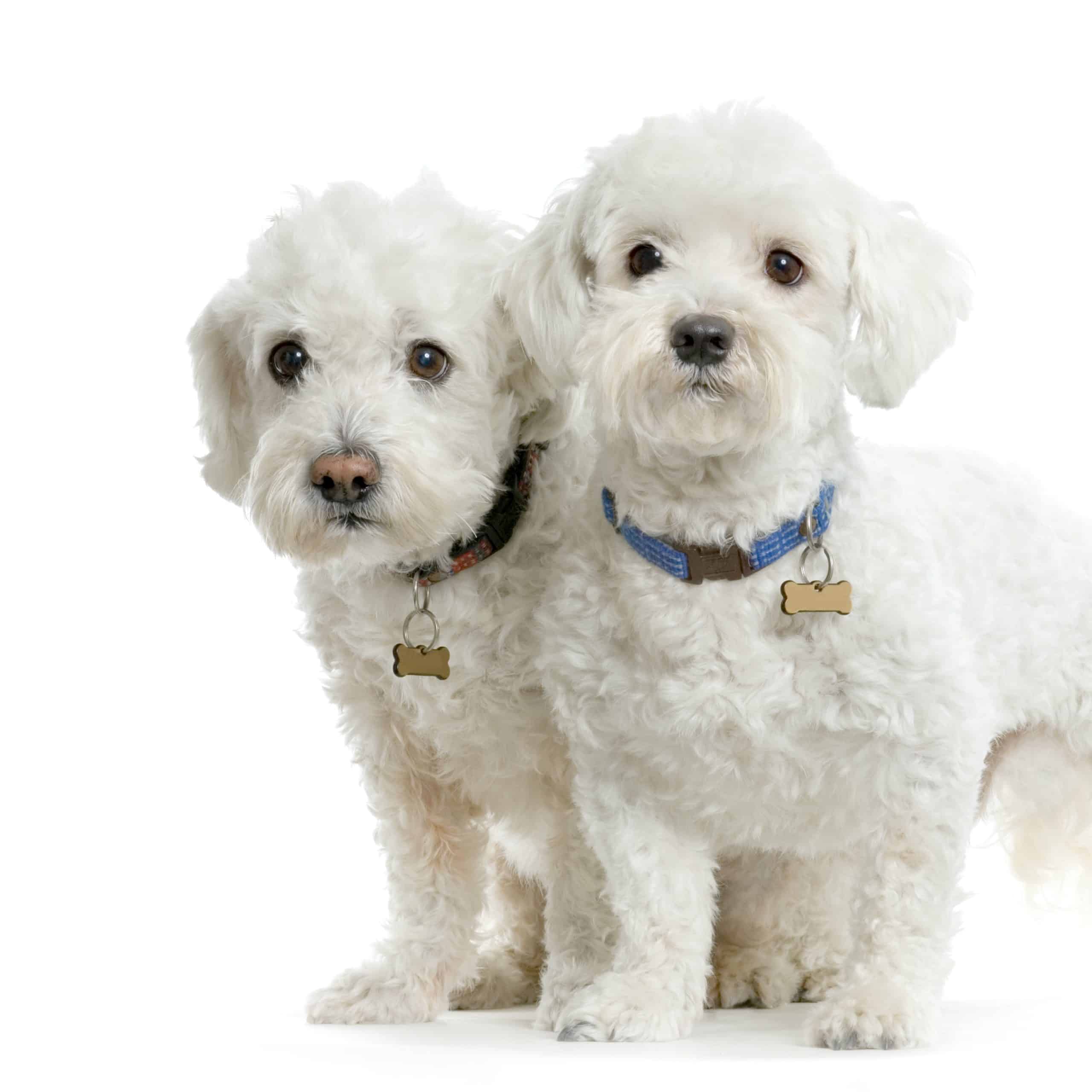How to Design an Eco-Friendly and Sustainable Living Space for Your Pet?

You adore your pets. They are part of your family, and you want to provide the best for them. But have you ever stopped to think about how your pet’s lifestyle impacts the environment? While we often consider our environmental footprint, it’s easy to forget that our pets also contribute to the planet’s waste and energy consumption. Fortunately, there are ways to keep your pet happy and healthy while also being mindful of the Earth’s resources. In this article, we’ll discuss how you can create an eco-friendly and sustainable living space for your pets that will not only benefit them but also the world we live in.
Eco-Friendly Pet Food
The first step in creating an eco-friendly living space for your pet involves addressing their diet. Whether you have a cat or a dog, the food they consume can have a significant environmental impact. This section will explore how to make your pet’s meals more sustainable.
A lire en complément : What Are the Best Techniques for Introducing a New Pet to a Household with Elderly Pets?
Consider the source of your pet’s food. Many commercial pet foods use meats from factory farms, which are notorious for their significant contribution to greenhouse gas emissions. A more eco-friendly option is to choose pet food companies that use sustainably sourced ingredients. Look for brands that prioritize ethically raised meat or fish, or consider vegetarian options if suitable for your pet.
When buying food for your pets, you can also look for brands that use less packaging, or opt for bulk buying to reduce waste. Another option is to make your pet’s food at home using fresh, local ingredients, assuming you have vet approval and a balanced recipe.
A lire aussi : How to Choose the Right Type of Enclosure for Exotic Pets Like Sugar Gliders?
Sustainable Pet Toys and Products
The next area to consider when creating a sustainable living space for your pets is the selection of toys and other products. Your dog, for instance, might love to chew on plastic toys, but those same toys can end up contributing to landfill waste.
Instead, consider eco-friendly alternatives. Many companies now produce toys made from recycled materials or sustainable sources such as hemp or bamboo. These toys are just as fun for your pets, but they are far more friendly to the environment.
When it comes to pet bedding, consider options made from recycled or organic materials. Many eco-friendly pet brands offer beds made from organic cotton, hemp, or recycled polyester fill. Not only are these materials better for the environment, but they’re often more durable and can be machine washed, making them a practical choice as well.
Eco-Friendly Waste Management
For many pet owners, waste management is a significant part of pet care. Whether you’re scooping the litter box for your cat or picking up after your dog on a walk, waste is an unavoidable part of pet ownership. But that doesn’t mean it can’t be handled in an eco-friendly way.
For cat owners, consider switching to a biodegradable litter made from materials like corn, wheat, or recycled newspaper. These litters are less harmful to the environment and often easier on your cat’s paws and respiratory system.
Dog owners can buy biodegradable poop bags that will break down faster than traditional plastic bags. Or, if you have a garden, you could consider installing a pet waste composter, which will turn your dog’s waste into compost that can be safely used in non-edible plant beds.
Lowering Your Pet’s Energy Consumption
Believe it or not, our pets also contribute to our household’s energy use. The energy used to keep your pet warm or cool, for example, can add to your home’s overall energy consumption.
To reduce your pet’s energy consumption, consider investing in a well-insulated pet bed or a self-warming pet pad for your dog or cat. These products can help your pet stay warm without the need for additional heating.
If your pets spend a lot of time outside, consider installing solar-powered outdoor lights instead of regular outdoor lights. These lights will provide sufficient illumination for your pets and are a more sustainable choice.
Promotion of Natural Behaviors
Lastly, promoting natural behaviors is a key aspect of creating a sustainable and eco-friendly space for your pets. This involves setting up your pet’s living space in a way that allows them to behave as they would in their natural habitat.
For cats, this could involve setting up a cat tree made from sustainable materials or installing a bird feeder outside a window for their amusement. For dogs, this might mean using natural objects like sticks or pinecones as toys, or setting up a digging pit in the backyard instead of buying a plastic sandbox.
Designing an eco-friendly and sustainable living space for your pets is an achievable goal. By considering their food, toys, waste management, energy consumption, and natural behaviors, you can ensure that your pets live a lifestyle that is respectful to the environment. It may require some creativity and effort, but the benefits to the planet, and the wellbeing of your pets, are more than worth it.
Eco-Friendly Pet Housing
Once we’ve sorted out toys, food, and waste management, the next step on the agenda is to create a sustainable living environment for your pets. This involves considering the best options for pet housing that are both comfortable and eco-friendly.
For those with small pets such as hamsters, guinea pigs, or rabbits, choosing a cage made from sustainable materials is a great place to start. There are many options available on the market made from bamboo, which is a renewable and biodegradable material. Bamboo cages not only reduce the carbon footprint but are also more durable and healthier for your pets as they are naturally resistant to bacteria.
If you have a dog, consider the option of an eco-friendly dog house. Many companies now offer pet architecture made from reclaimed wood or recycled plastic. Some dog houses even come equipped with green roofs that can provide insulation, reducing the energy required to heat or cool your pet’s abode.
For your cat, consider a cat tree or a scratching post made from all-natural materials such as wood, sisal rope, and organic cotton. These products are eco-friendly, and they’ll satisfy your cat’s natural instincts to climb and scratch, promoting a healthier and happier pet.
Energy Efficient Options for Pet Care
Embracing energy efficient options is another excellent way to make your pet’s living space more sustainable. Small lifestyle changes can have a significant impact on reducing your pet’s environmental footprint.
One of the key areas where you can save energy is pet grooming. If you groom your pet at home, consider using a manual clipper instead of an electric one. This can save a significant amount of energy over time. For baths, use warm water instead of hot, and consider biodegradable shampoos and conditioners that are gentle on the environment.
Installing an energy efficient pet door can also reduce your home’s overall energy consumption. Traditional pet doors often let in drafts, causing your heating or cooling system to work harder. An energy-efficient pet door is designed to seal tightly and insulate better, keeping your home temperature consistent and reducing your energy usage.
Conclusion: Your Role as an Eco-Friendly Pet Owner
Creating an eco-friendly and sustainable living space for your pet is an attainable goal that provides numerous benefits for both you and your furry friend. By making mindful choices about your pet’s diet, toys, housing, and energy consumption, you can significantly reduce their environmental impact and promote a healthier lifestyle for them.
Remember, it’s not just about buying the right products, but also about promoting a lifestyle that respects the environment. It’s about letting your dog play with sticks in the park instead of plastic toys, or feeding your cat a diet that’s not only healthy for them but also kinder to the planet.
As pet owners, we have the unique opportunity to shape our pets’ habits and lifestyle. Let’s make an effort to teach our pets to treat the environment the same way we intend to – with care and respect.
In taking these steps, you’re not just providing a comfortable home for your pet, but also contributing to a more sustainable and eco-friendly world. Let’s all work together to reduce our pets’ carbon pawprint, one step at a time.
